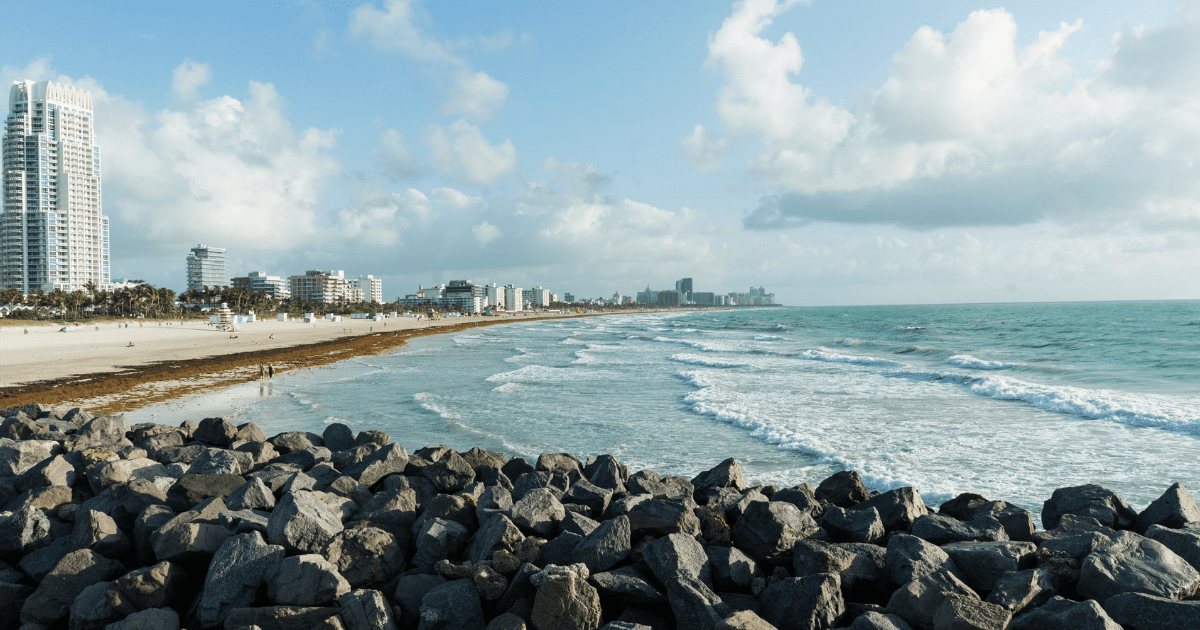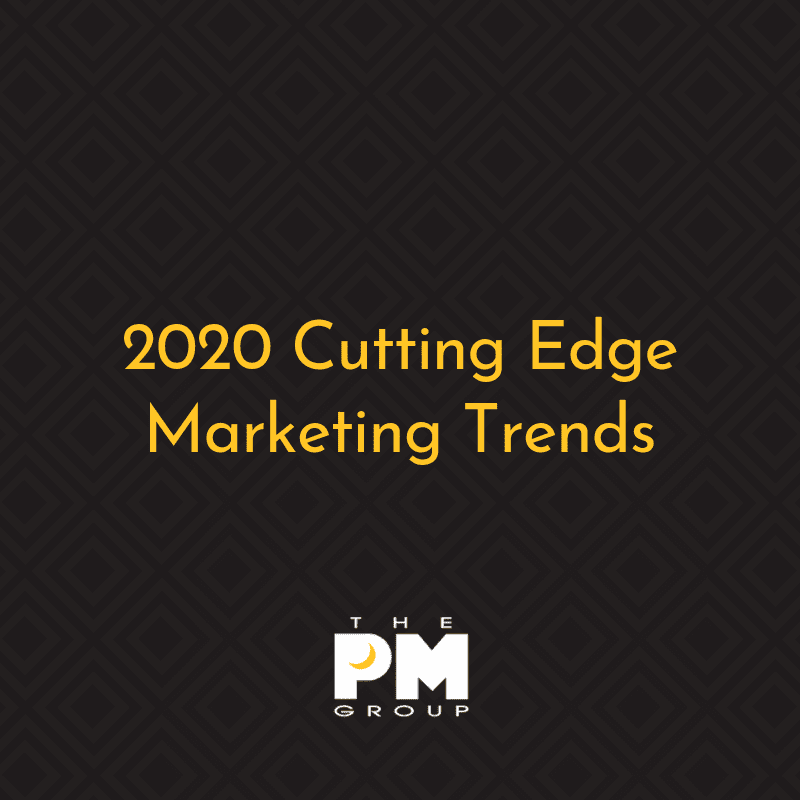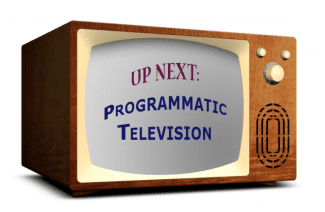
Consumers have become so accustomed to ad clutter. We see it on our phones, computers, billboards, TV, mail … it doesn’t ever stop. There are so many ads now, sometimes we don’t even realize when we are looking at one. It has become more difficult for us to separate what’s real versus what’s fake. Any person can see up to 10,000 ads in a single day. With all of this exposure, consumers have trained themselves to tune out the ad noise while advertisers try to get in front of consumers in unexpected ways.
Pushing Against the Current
Waterfront views in New York City and Miami have been recently obstructed with jumbo water floating billboards. Are they brilliant? Yes. Are they Legal? Probably not. Ballyhoo Media has designed their very own floating billboards, which consists of a 46-foot long cargo ship with a LED jumbotron on each side. The floating billboards run an advertising video loop, promoting anything from beer to ice-cream.
The first floating billboard set sail in 2017 on the Miami ocean front. The advertising folks on Madison Avenue decided to take a stab by implementing a larger barge for their own benefit. Billboards on the Hudson Bay can be seen from the Brooklyn Bridge and the south tip of Manhattan. While popular with advertisers, the locals of Miami and New York have reacted quite unfavorably. According to Gothamist, leaders of the environmental community have said it’s “disgusting” and are concerned that one of the few natural areas in the city will be turned into the next Time Square. New York City is already known for its eyesore advertising and what people thought was uncharted territory has become advertisers’ next target. Locals have turned to social media to collaboratively strategize creative ways to sink it.
It’s a Bird, it’s a Plane, it’s… an Orbital Billboard?
Probably the craziest thing we’ve heard yet was PepsiCo’s plan to launch the world’s first orbital billboard into outer space by partnering with Russian start-up company: StartRocket. The soda brand planned to advertise its newest energy drink called, “Adrenaline Rush”. The ad was planned to be projected into the sky through the use of mylar sails and small formational satellites converting sunlight into an advertising reflection on the horizon. The intended message was planned to be visible before sunrise and after sunset.
However, due to unknown reasons, the Pepsi space plan will not be executed. We are almost certain even with the correct amount of funding and resources, environmental regulations would forbid the ad from entering the skyline. According to federal laws the sky is considered ‘commercial space’ and advertising a message that is visible to the human eye without the use of a telescope is deemed “obtrusive space advertising.” StartRocket conducted an exploratory test run for PepsiCo for “stratosphere advertisements using the Adrenaline GameChangers logo” and expects to run its “full orbital tech system in 2021.” The scary part: we know this technology is legitimate and that it can be done, however, Pepsi has confirmed it was “a one-time event” and they have no plan to move forward at this time.
Although we aren’t sure why Pepsi canceled plans to take this further, we could assume it is due to the negative backlash they would have received from projecting ads into our sky. The sky is the limit (literally) in the future of advertising, but how far are advertisers willing to take it? While having your ad in uncharted territory allows your brand the ultimate exposure, brands should be wary of consumer opinions. Consumers already feel as though their privacy and personal space is constantly being invaded by advertisers. If advertisers are willing to obstruct oceanfront views and skylines, this could create negative perceptions and boycotts of brands which would ultimately work against advertisers.
The PM Group believes that strategic ad exposure is essential to capture the mind of the consumer. We strive to relay our clients’ key messages by being persistent and staying relevant with appropriate targeted media options and through various forms of media without creating negative experiences in their personal space.
About The PM Group: The PM Group was founded in 1988. Over the past 30 years, the agency has continued to grow and is currently listed as San Antonio’s Largest Advertising Agency by the San Antonio Business Journal. The PM Group’s client roster spans numerous industries including automotive, CPG, entertainment and sports marketing, legal, business services, non-profit, real estate and fitness. In addition, the agency hosts an annual Charity Gala every February that to date has raised over $3 million for local San Antonio area non-profit organizations in the last 15 years! It is our way of giving back to the community that we so humbly serve.
We are recognized as a top Cosmetic Package Design Company on DesignRush



